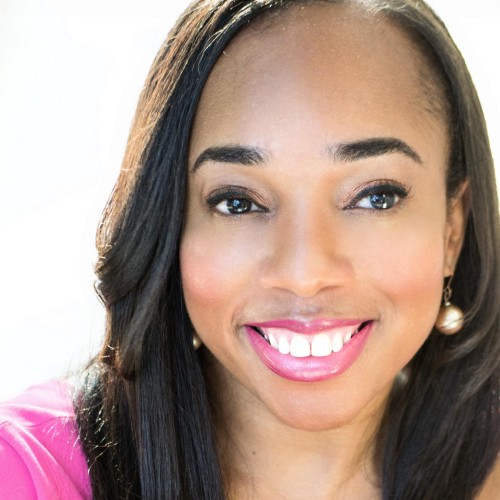Getting a request for a job interview can almost feel like an Oscar nomination. You’re happy to be nominated, especially knowing you beat out thousands of candidates who won’t even have a chance to get their foot (and brand) in the door. Your LinkedIn profile was attention-grabbing and your resume outshined the others that came out of the same factory. You are one of the chosen ones.
But then the dust settles. Your next thoughts are muddled with excitement, nervousness, fear, anxiety—or all of the above. You think to yourself: “Self, you really need to ace this job interview” (or however you talk to yourself). This is your chance to showcase your personal brand and get past the gatekeepers to land your dream job. No need to worry though.
These interview tips will get you prepared to put your best brand forward no matter the type of interview thrown your way.
1.The Video (Skype) Interview: You’re more than just your forehead
Clearly, Skype is no longer just for talking to your relatives across the country. More companies now conduct video interviews, since it’s cost-effective and provides scheduling flexibility.
If you’re not familiar with Skype, or the video software used, you’ll first need to get acclimated before the interview. Find someone to do a dry run with you and make a checklist of important things to confirm and adjust before the interview. For example, check the sound quality (can they hear you?), lighting (can they see you?), and account settings (is everything correct?).
You should still dress professionally, even though you’re not interviewing in person—sorry no pajamas allowed, but maybe the fuzzy slippers can stay. Pick a quiet and clean area for the interview, preferably a room with a door. Even if you’re not a newbie, it’s still a good idea to brush up on tips for Skype interviews. It’s easy to forget about small details like confirming IDs, settings, or a point of contact for any issues. Since the interviewer can see you, it’s important to be mindful of your body language as well as your voice.
Make sure that the camera placement shows a full view of your face (the interviewer would probably prefer that as opposed to just looking at your forehead). Keep a strong, but natural, eye contact. And lastly, don’t forget to smile for the camera.
2.The Phone Interview: Hello, is it me you’re looking for?
A phone interview is like sampling a book and seeing if it’s worth your time to commit any further. Time is always of the essence, so a recruiter really needs to know up front if it’s even worth asking you for an in-person interview.
This is where your elevator pitch comes in handy. Make sure you highlight any relevant experience early in the conversation. Don’t feel like you need to hold back the “good stuff.” You can always give more details when you get called for an in-person interview.
During the phone interview, ask questions that will give you additional insight into who would be considered an ideal candidate (this will come in handy later). Also, don’t forget to relax and smile when you’re talking. Yes, a smile can be heard over the phone.
As you’re talking, be aware of any nervous speech habits you may have. For example, the overuse of words such as “um,” “ah,” “you know,” “like,” or anything else that doesn’t make you sound confident. Keep your resume in view or an index card with notes to highlight key talking points. Since the interviewer can’t see you, he or she will take cues about your personality from your voice.
Show them that you’re confident in your personal brand and meeting you in person is clearly the next step.
3.The Panel Interview: No, this is not American Idol
What’s more challenging than meeting multiple interviewers back-to-back? Meeting them all at the same time. There’s something about sitting across from a group of strangers with a copy of your resume (and resumes from other candidates) that can be slightly intimidating.
Since many job roles involve interacting with a variety of groups, those people are often involved in the interviewing process. So the first step is to put aside the fact that you may have four people waiting for you to “sell yourself” within your allotted time slot, so that they can get to the next candidate and hopefully squeeze in a quick lunch at their desk before their next real meeting. The next step is to pinpoint who’s who and their needs. Do they all work in the same group? Are they looking for the same skills?
Often panel members work in the same area but may have different types of projects. It’s important to show that you would be a valuable asset to each and every one of them.
Ultimately, there is the main decision maker, but having all members vouch for you is ideal. With that said, divide your eye contact among the panel. Don’t just focus on the main interviewer. As you’re asked a question, think about the angle the person is coming from and what skills or stories you have that can address their needs.
Believe it or not, some groups already understand the awkwardness of the situation and get it if you’re a little nervous. It’s even okay to acknowledge that as well (be it to yourself or to them as a way to break the ice).
Whether you’re in front of one person, a computer, or a panel, the goal is still the same: put your best brand forward.
Originally published at maribrandsforyou.com


